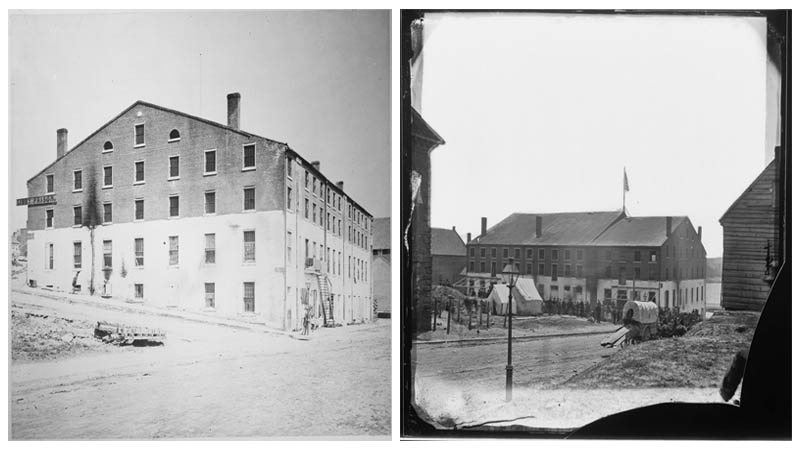In 1861, America was on the verge of a bloody conflict: the American Civil War. The Unionists and Confederates were at each other’s throats. Richmond, the capital of Virginia, was equipped with a prison built for the Union Soldiers who were captured as prisoners of war.
The history of the building in which the prison was housed goes back before the war. It begins with one Luther Libby, who erected the building in 1845, to be used as ship chandlery.
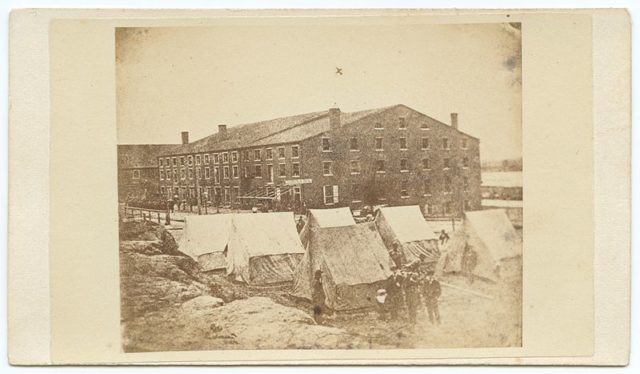
At a later date, this three-story building became a tobacco factory, and later a grocery store called Libby & Son Ship Chandlers & Grocers. In March, one year after the war had started, the old brick building was re-purposed again and became a prison.
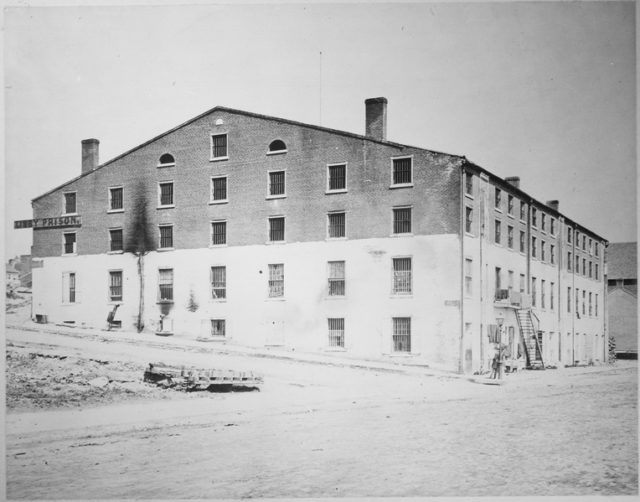
The Confederate authorities chose this building as it was the only one that had running water at the time. Plus, the whole complex was easily accessible by the railroad as well as by water using James River. The total area of the prison was around 45,000 square feet – the size of a city block back then. The interior was divided into three sections, each separated from the other by a massive, thick wall. Some say that it took no less than 600,000 bricks to erect the whole structure.
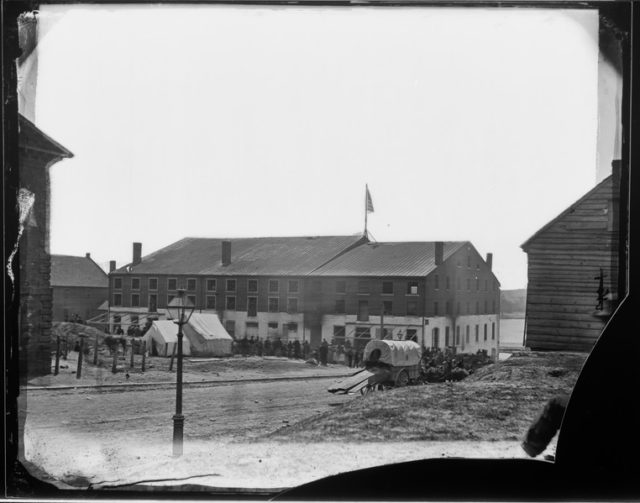
On each floor of the prison, there were a total of three rooms and each of these was capable of holding up to one hundred prisoners. Furthermore, Libby Prison was equipped with a kitchen that the prisoners were allowed to use. There was also a hospital.
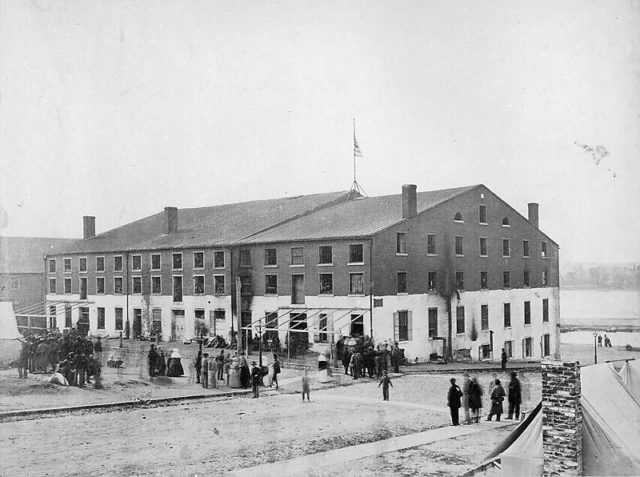
As was the case with many jailhouses from this period, the basement was reserved for those who refused to play by the rules. These dark dungeons were where these prisoners were punished.
The dungeons were later abandoned because the basement became flooded from time to time and was occupied by hundreds of rats. “Rat Hell” soon became its nickname. Ironically, it was this very hell that allowed more than a hundred Unionist prisoners to escape via a tunnel on February 9, 1864.
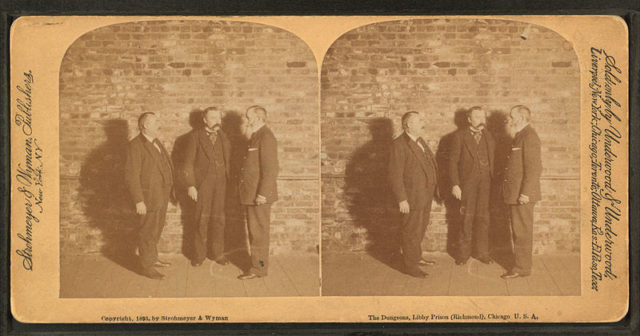
Another problem with the prison was that the windows had no glass – only iron bars – so the inmates were exposed to all weather conditions. As the number of prisoners grew, the hospital was transferred to another building nearby.
By 1863, the population of inmates had reached a four-figure number. Needless to say, the number of deaths of inmates who had succumbed to the worsening conditions grew proportionately.
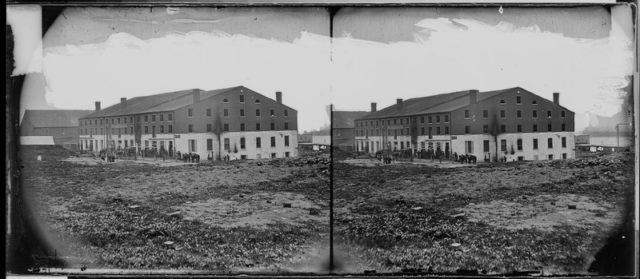
Much of what we know about the site today comes from the memoirs of some of the inmates. They wrote that a great number of people were sick and in need of medical help. The food consisted of nothing but potatoes and cornbread, which lead to malnutrition – the last thing an ill person needs.
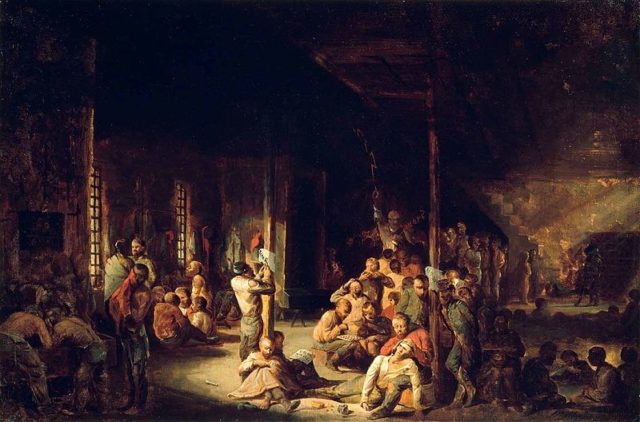
The prisoners were also stuck in their own clothes no matter how worn they might be. If they were injured when they were captured, they had to wait for days before any medical attention could be given to them.
All in all, the living conditions in the prison were abominable and thousands died. Of the 6,000 plus buried, only 817 of the graves bear a name and a date; the rest remain unknown. The site was in use until 1865. It was left standing instead of being torn down as that was the wish of Abraham Lincoln. It was dismantled and transferred to Chicago in 1889 to serve as a museum and became the Libby War Museum.
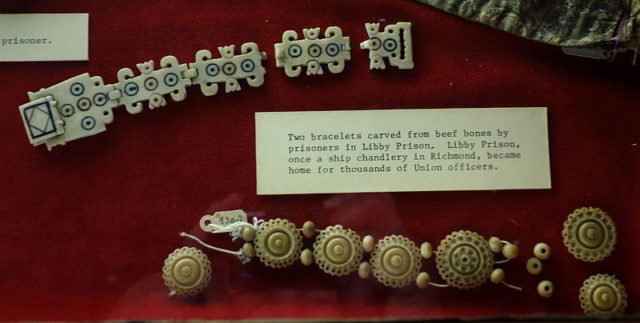
Sadly, it was demolished only ten years later due to financial difficulties. The new building that was erected on its spot, the Chicago Coliseum, used much of the materials salvaged during the demolition.
